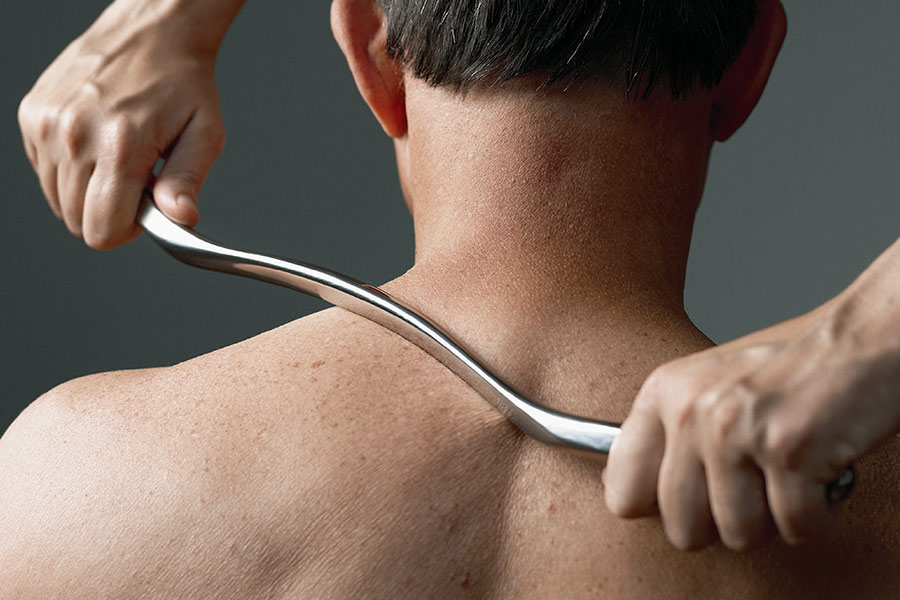- Conditions
- Procedures
- Patient care
- Why choose us
- Our Doctors
- Contact
Soft Tissue Mobilization

Soft tissue mobilization explained
Soft tissue mobilization is a form of physical therapy designed to help improve range of motion and function through hands-on techniques. As a result of injuries, age-related conditions, surgery and other causes, patients commonly develop bundles of tense and damaged soft tissue. Unless treated, these areas, known as trigger points, can be a source of pain and mobility problems that make it difficult to perform daily activities.
By learning the benefits of soft tissue mobilization as part of a comprehensive physical therapy program, patients can make treatment decisions on a more informed basis. After reading the following overview, please feel free to reach out to our team at any time if you’d like to learn more.
What injuries and conditions can soft tissue mobilization help with?
As a whole, physical therapy can help with nearly any injury or condition affecting the musculoskeletal system, as well as help address many symptoms of other diseases and disorders. The goal of physical therapy is to increase function and reduce pain by improving strength and range of motion in the body.
As a physical therapy technique, soft tissue mobilization is primarily designed to address soft tissue injuries, including muscle strains and ligament sprains. These injuries result from abnormal muscle tension that can strain the muscles themselves, while also putting excess pressure on connective tissue, resulting in pain and limited range of motion.
Additionally, soft tissue mobilization can help with conditions such as arthritis or bursitis that cause inflammation and tension to the soft tissue surrounding joints. Another common application of soft tissue mobilization is for patients recovering from a surgical procedure. Even with minimally invasive procedures, there is still soft tissue damage involved with surgery. By working with a physical therapist during recovery, patients can see improved mobility and less pain through soft tissue mobilization.
What to expect from soft tissue mobilization sessions
When first meeting with a physical therapist, it’s typical to undergo a thorough evaluation and hands-on examination to establish a baseline for treatment and develop an effective program. As a form of manual therapy, soft tissue mobilization can be combined with other techniques like joint mobilization, passive stretches and therapeutic massage as well as therapeutic exercise to form a holistic physical therapy program.
Specific manual therapy techniques that may be recommended include:
- Sustained pressure on the restricted tissue
- Therapeutic friction massage across muscles
- Parallel and perpendicular mobilization at varying angles to the damaged tissue
- Direct oscillations, or circular pressure on the soft tissue
- Soft tissue mobilization with the assistance of specialized instruments
Techniques and session lengths will vary depending on the condition being treated, health of the patient and other factors. Patients should expect to work closely with their therapist to develop an effective plan.
Soft tissue mobilization cost & prices
Treatment costs for therapies like soft tissue mobilization can vary depending on the number of sessions, other treatments being performed and insurance coverage. USA Spine Care facilities accept patients with Medicare, most private health insurances, as well as workers’ compensation and personal injury cases. One of our representatives can answer any questions you have about the cost of physical therapy.
Conservative treatment at USA Spine Care
The talented medical staff at USA Spine Care performs a full array of conservative therapies to treat a large number of conditions. The goal is to provide personalized care to get you back to the quality of life you deserve.
To learn more, contact us today. Call toll free 1- 866-249-1627.
